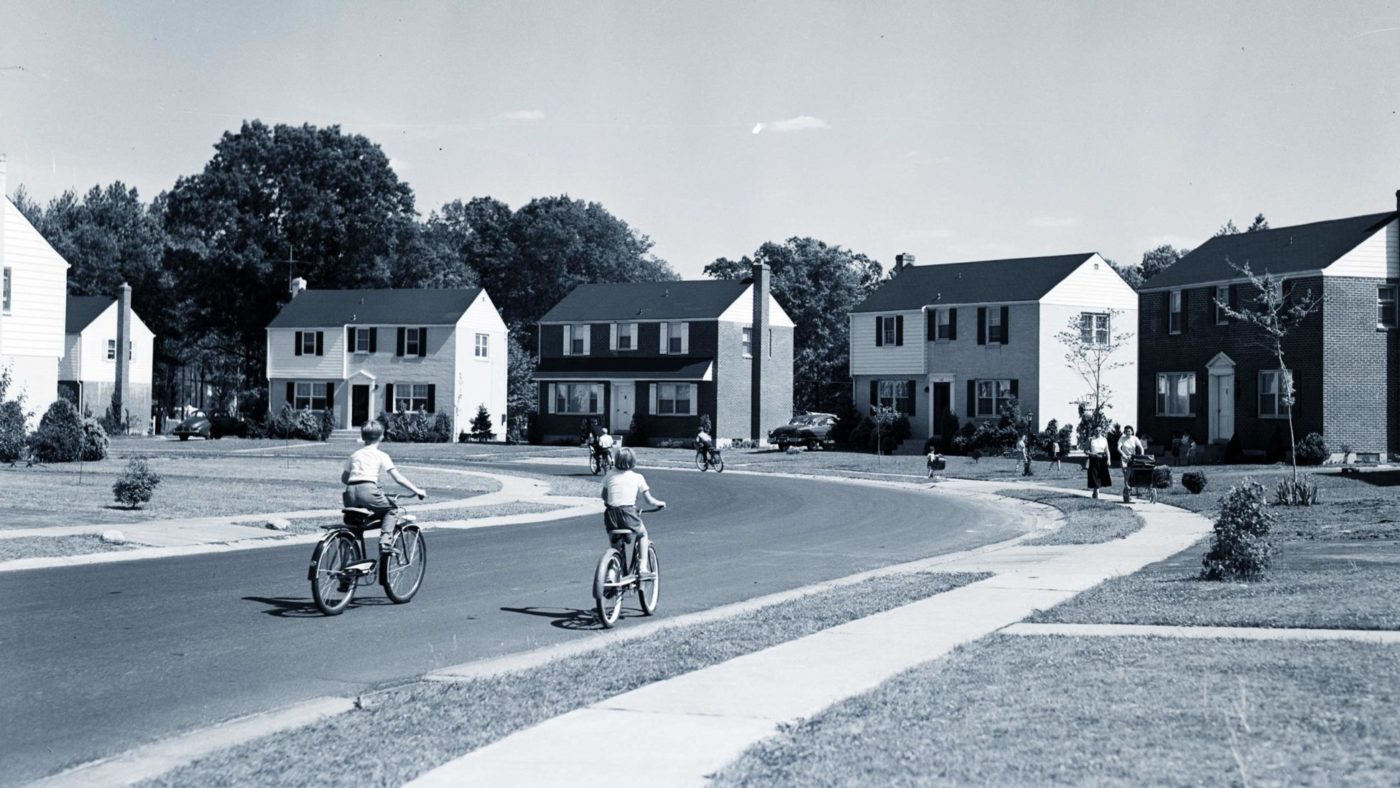Ed Miliband was onto something. Back in the halcyon days of the early 2010s, the then Labour leader made a characteristically clumsy pitch to Britain’s ‘squeezed middle’: households who definitely weren’t poor, but were nonetheless feeling the pinch.
The idea may not have been a recipe for electoral success, but the numbers are bearing out the slogan.
This week, the OECD published Under Pressure: The Squeezed Middle Class, in which they reported on the diminishing economic clout of middle-class families in wealthy countries.
The OECD defines middle class in narrow economic terms. It comprises households earning between 75 per cent and 200 per cent of the national median. And according to the OECD secretary-general Angel Gurria that group is ‘like a boat in rocky waters’.
Over the past 30 years, median incomes rose by a third less than the average income of the richest 10 per cent. Three decades ago the aggregate income of all middle-class households was four times the aggregate income of upper-income households. That ratio is now under three.
And as middle-class earnings have stagnated, the cost of a middle-class lifestyle has risen considerably.
First on the list of soaring costs is housing. House prices have grown three times faster than household median income in the last 30 years. In the 1990s housing costs for middle-income households were around a quarter of disposable income. Today they are around a third.
To make matters worse, entry into the middle-class club is getting harder. What the OECD calls the ‘skill bar’ has risen. Almost half of middle-income workers are in high-skill occupations, a rise from just a third two decades ago.
These numbers might not be quite as eye-popping as the details of the top one per cent’s dizzying and growing wealth. Nor are they necessarily as alarming as reports from the bottom end of the income scale. But, while all these trends are different parts of the same story, it is the tectonic shifts in the middle that are the most important.
Of course, the fate of the middle class matters in and of itself. Across the OECD, 60 per cent of people fall into that bracket. But there is something deeper at stake. A thriving middle class is the sign of a thriving economy and society. The middle class brings with it higher levels of social trust and the innumerable associated social and economic benefits.
And because middle-class voters tend to prioritise political stability, have little time for corruption and reward competence above almost all else, the result is a virtuous, prosperity-boosting cycle.
But if the middle class is generally the bulwark of democracy when things are going well, political turbulence is never far away if they are losing out. And liberal democracy doesn’t stay liberal for very long if those middle-class anxieties are ignored and the economic squeeze continues to tighten.
The bourgeoisie might seem boring. But it is in the economic circumstances of these middle-income households that the rich world’s political future will, for better of for worse, be determined.


